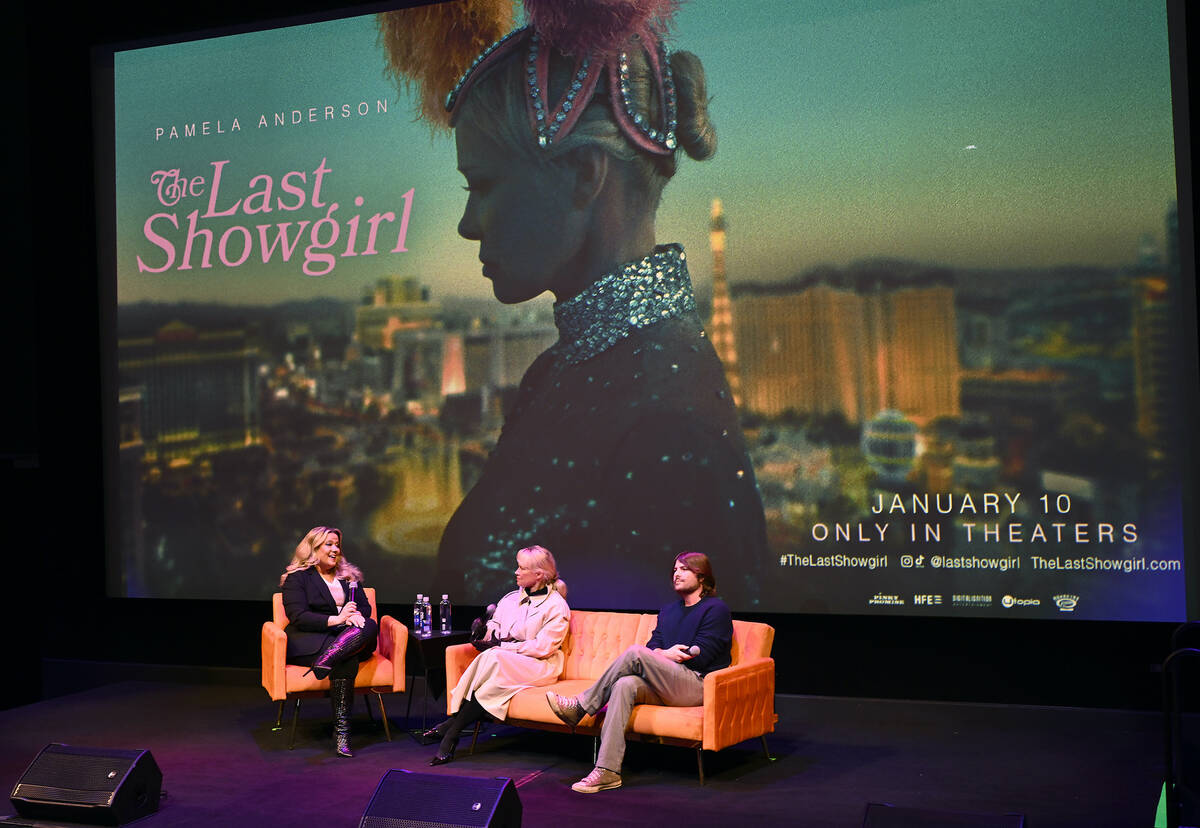Fashion
HUMAN TOUCH Makes Visible the Invisible Hands that Sew our Clothes – PRINT Magazine

While human society is being transformed by information technology, contemporary sewing technology is based on the same functionality as in the late 18th century, including the fundamental dependency on human dexterity and tactility.
Juliet Seger, founder of the fashion brand HUMAN TOUCH in Berlin, wrote this the top of her dissertation for her master’s at the University of Edinburgh in 2020. Seger was studying sustainability design at the time when she first developed what would eventually become HUMAN TOUCH. “Today, and for the foreseeable future, every garment is and will involve sewing by human hands.”
With this concept at its core, HUMAN TOUCH visualizes the human labor inherent to the production of clothing. Seger and her business partner, Christina Albrecht, up-cycle everyday, quotidian clothing items, like workwear slacks and T-shirts, with their fingers covered in ink. In doing so, HUMAN TOUCH makes visible the invisible human hand behind our clothes and the fashion industry at large.
Having previously presented their line of up-cycled pieces, remedy, at last year’s Berlin Fashion Week, Seger and Albrecht are now gearing up for BFW 2025 with pop-ups on January 30 and February 2 that will feature their new collection. I was able to chat with Seger recently about all things HUMAN TOUCH, from her initial idea of paint-sewing, to the sewing performances she developed to bolster the brand’s message. Our conversation is below, edited lightly for clarity and length.
Can you walk me through the genesis of HUMAN TOUCH?
I was at The University of Edinburgh for a master’s, it was called Design for Change, which is basically a sustainability design program. The incentive was to do theoretical work but then also a design output that would match the academic research. So that was the original prompt: to think about a visual counterpart to the theoretical research I had done. The starting point in terms of the theory was that I’m a trained tailor. Before my degree, I did a three-year vocational training to become an industrial tailor.
Especially during the pandemic, there were a lot of themes of 3D printing, everything digital, everything automated—Do even need humans?—that kind of stuff. I read that there was an equivalent in the fashion production industry, automating the sewing processes. From a tailoring standpoint, I was curious: How does that technology actually work? I couldn’t wrap my head around it, and when I did research into what the status of the automation was, I realized that there was a lot of ideation and experimental things, but there wasn’t really anything at the production stage that was actually feasible to use, even in the next few decades.
At the same time, there are these special characteristics of the fashion industry, like the floppy material, the silhouettes that always change, the fabrics and the surfaces that always change. Also, human labor is still so much cheaper than building and implementing one big machine that will replace a larger segment. To me, that was such an a-ha! moment. It’s so specific to the fashion industry and in opposition to others. I wanted to look further into that, and then find a way to visualize this Eureka moment to other people.
The original idea was to just do one trial. But then I was interested in trying different products, and I was quite surprised by the feedback; a lot of people were quite interested. So it just didn’t stop after I finished my degree.

After identifying these themes you wanted to convey in your work, how did the idea of sewing with ink on your hands first come to you?
It was during the pandemic when there wasn’t much going on. I was going to the park for a run with my partner, who was the only one I could talk through these things with properly. I remember the moment of being like, I wonder if there’s a way to just make that visible. I don’t know where exactly it came from, it just sparked in my head, but it was like, I wonder if I could put ink on my hands. Then, quite luckily, the first textile paint that I tried out worked marvelously.
What kind of paint do you use?
It’s textile paint, which means that we use it primarily on natural fibers or cellulose-based fibers that we then cure afterwards, or basically heat the garment, and the paint gets fixed to the fiber. It’s like any kind of textile print you might have on a T-shirt. It’s acrylic, water-based paint.
It took me a minute to get the guts to admit, No, this is actually what I want to do every day.
How did you first get into tailoring and sewing?
I started sewing when I was 13 or 14. I was just changing some garments I didn’t like, or I wanted a very specific Carnivals costume or Halloween costume and couldn’t find it, so I started making it. Then I came across some sewing magazines and began spending my time after school making my own stuff. I did a bit of a detour studying politics briefly after high school, but I quit that after a year to do my tailoring training; the fashion industry was the less responsible, riskier, creative industry. It took me a minute to get the guts to admit, No, this is actually what I want to do every day. So that brought me to the tailoring training, which then led me to a bachelor’s in Clothing Technology. From there, I wanted to expand a bit and do something that wasn’t just focused on fashion, and that’s why I went into the sustainable design master’s.
That’s such a common trajectory: being a creative kid, but then feeling that when it comes to a career, you have to do something more “practical,” and then realizing you’re still that creative kid in your soul.
I believe that if you have a passion for something, you’ll make it work; you’ll be successful in some way or the other. You’ll find a way to create a job or find a job that’s linked to what you love. I remember people saying, “Well, what are you going to do studying tailoring? Are going to be a tailor? Nobody earns money being a tailor.” But I think if you enjoy what you’re doing, it’ll automatically lead you to all kinds of good stuff.

I believe that if you have a passion for something, you’ll make it work; you’ll be successful in some way or the other.
What does the HUMAN TOUCH studio space and production setup consist of?
We’re still quite a small team; at the core, it’s me and my business partner, Christina, and then we have some freelance tailors who work with us, and then an intern here and there, but it’s really mostly Christina and myself. We have a studio in Berlin. It’s a loft industrial building and we have one segment of one floor.
I would call it a rather small design studio. We have all of the basic setups: a cutting table and several machines, and we do everything there. It’s important to us to keep it close to us. On the one hand, it’s difficult to outsource to factories because they don’t want their machines to get dirty. And because Christina and I are both trained tailors, we like to have this production side of it really near us.
How did you and Christina become creative partners?
We go way back. We’ve known each other since we were teenagers in our hometown, and we sort of lost track of each other for a few years, and then came back together here in Berlin as friends. We realized every time we hung out, we would very passionately and dramatically talk about tailoring and fashion. Then, a year ago, we proposed to each other to be business partners. By coincidence, on the same coffee date, I asked her to consult on a project, and she suggested jumping in on HUMAN TOUCH.

Can you tell me more about the live sewing/performance art aspect of HUMAN TOUCH?
The paint-sewing performances came from the idea that the process is quite striking to look at and draws people in. So it was originally a small extra I did at some pop-ups and some art and design festivals. Then, from a business perspective, it’s a way to continue to work and expand the project, beyond being so product-focused. So it’s still in this fashion world, but it’s not like we have to make and sell physical products. The performance is another way to spread this, and that was something we were interested in.
We had a couple of smaller performances and then a few bigger ones during Berlin Fashion Week in February last year, which somehow got quite a big crowd. It’s cool because we adapt it to the occasion. So we can talk to people while we’re doing it, or if we want it to be more like an actual performance we can be positioned away. It’s linked to these paint-sewing videos we’ve been doing, and a couple of those went viral. It underlines the idea that it’s quite a striking visual.
It makes perfect sense that because the production process is so central to what you’re creating, people would want to get a peek behind the curtain.
I think most times when people do see someone sewing they see the person, the machine, the setting, the studio, but they don’t actually look at the hands. So it offers a different perspective.

What was the decision-making around the look and design of the HUMAN TOUCH garments? Why do you only use black ink on white, and white ink on black, for example?
We started with black and white, both fabric and paint, just because they’re the simplest; as soon as you introduce a color of paint, it automatically has a different connotation. Red, for example, comes with the symbolism of blood. So, to keep it very simple, at the moment we’re sticking with black and white.
The starting point for the choice of styles, silhouettes, and products was to use everyday products that are everywhere around us, like a simple pair of denim jeans, a menswear shirt, or just a T-shirt. We ventured a bit into beige tones and blue jeans, again, more classic wardrobe staple items. Then, here and there, we sprinkle in special pieces that are maybe a bit more experimentally fitted, more drapey, or unusual. The idea is to keep the silhouette simple because the paint design is quite messy, so we need the product to still be legible.

What’s next for HUMAN TOUCH?
We’re currently planning our next presentations for Berlin Fashion Week at the end of January and beginning of February. We’re planning what we want to do and at what scale, and especially what the spirit of the event should be. We’re also working on a full collection of mainline pieces that are not up-cycled but are fully made in-house. So far, we have a couple of those mainline pieces, but the items we sell are mostly up-cycled.











